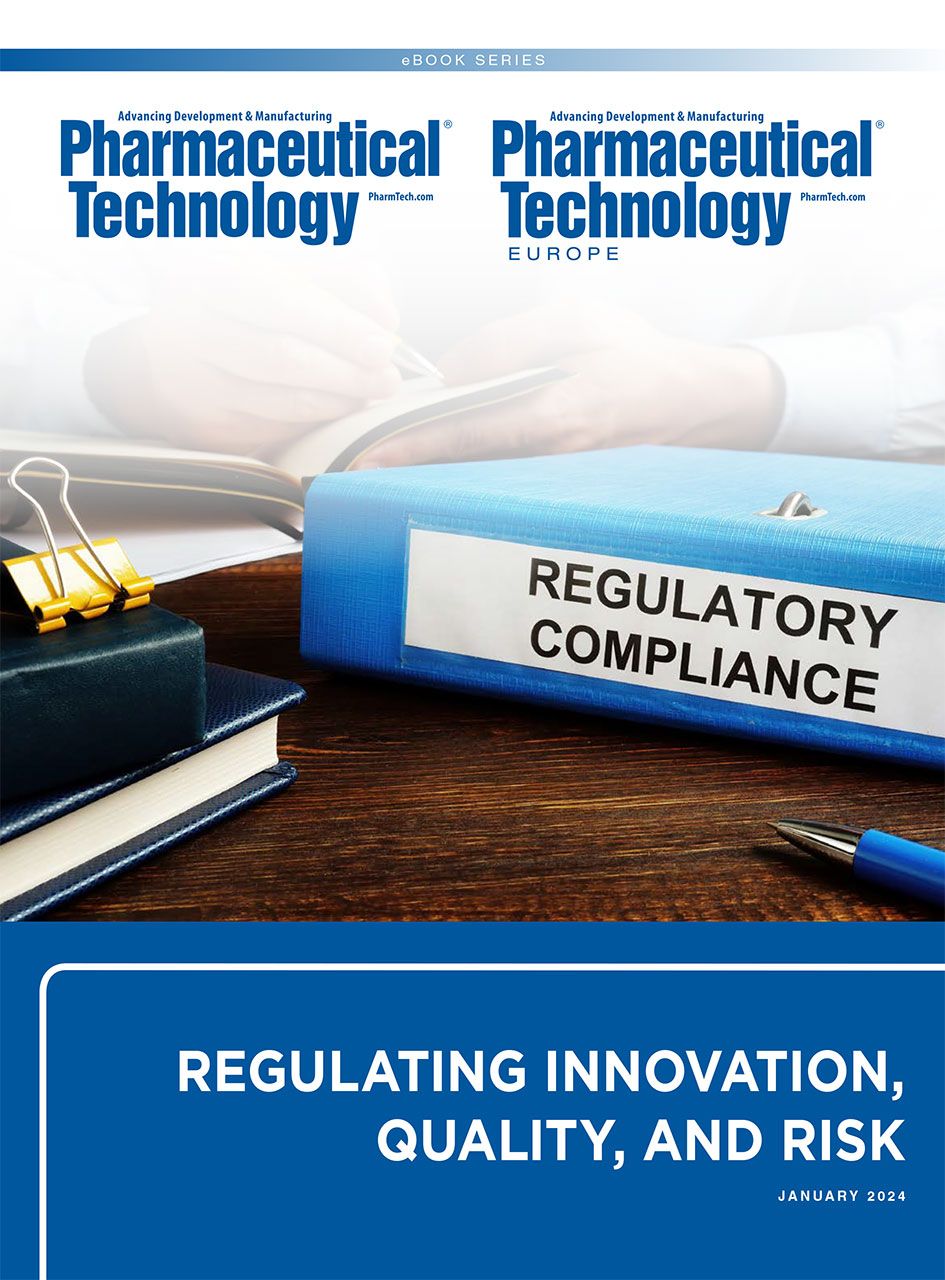Feature
Article
Pharmaceutical Technology
Master File Submission of Structures
Author(s):
The SD File format offers benefits for KASA and cheminformatics to support regulatory submissions.
Compliance global infographic concept of legal certification of different countries or procedures for import and export of goods or product country to country. Global business. | ©AREE - stock.adobe.com

Drug Master File (DMF) holders provide a hazard assessment for impurity classification to comply with International Council for Harmonisation (ICH) M7 (R2) Assessment and Control of DNA Reactive (Mutagenic) Impurities in Pharmaceuticals to Limit Potential Carcinogenic Risk (1) that includes the use of (quantitative) structure-activity relationship ((Q)SAR) models. Impurities consist of starting materials, intermediates, by-products, and degradants and can total >15 for a single DMF. Currently, chemical structures for these impurities are submitted in the Electronic Common Technical Document (eCTD) (2) as unmanipulable portable data files (PDF files). Further review of the impurities using cheminformatics tools—by application of (Q)SAR models and registration in the FDA Global Substance Registration System (GSRS)—or for use in the Chemistry, Manufacturing, and Controls (CMC) review document, requires conversion of the structures to a computer-readable format. To resolve challenges with re-drawing chemical structures and to improve review efficiency, inclusion of structural information in the structure-data file (SD File) format can be very helpful in DMF reviews.
Read this article in the Regulating Innovation, Quality, and Risk eBook
About the authors
Barbara Scott* is a Master Reviewer at FDA Center for Drug Evaluation and Research/Office of Pharmaceutical Quality/Office of New Drug Products/ Division of Lifecycle Active Pharmaceutical Ingredients, Barbara.Scott@fda.hhs.gov. David Green is a Senior Pharmaceutical Quality Assessor at FDA Center for Drug Evaluation and Research/Office of
Pharmaceutical Quality/Office of New Drug Products/ Division of Lifecycle Active Pharmaceutical Ingredients. Marlene Kim is a Chemist at FDA Office of the Commissioner/Office of Digital Transformation/Office of Data, Analytics, and Research/Health Informatics Staff. Naomi Kruhlak is Scientific Lead, Computational Toxicology Consultation Service at FDA Center for Drug Evaluation and Research/Office of Translational Sciences/Office of Clinical Pharmacology/ Division of Applied Regulatory Science. Tyler Peryea is a Chemist at FDA Office of the Commissioner/Office of Digital Transformation/Office of Data, Analytics, and Research/Health Informatics Staff. David Skanchy was the Division Director (retired) at FDA Center for Drug Evaluation and Research/Office of Pharmaceutical Quality/Office of New Drug Products/ Division of Lifecycle Active Pharmaceutical Ingredients.
*To whom all correspondence should be addressed.
Article details
Pharmaceutical Technology/Pharmaceutical Technology Europe Regulating Innovation, Quality, and Risk eBook
Issue 1
January 2024
Pages: 6-11
Citation
When referring to this article, please cite it as Scott, B. et al. Master File Submission of Structures. Pharmaceutical Technology/Pharmaceutical Technology Europe Regulating Innovation, Quality, and Risk eBook. January 2024.

Newsletter
Get the essential updates shaping the future of pharma manufacturing and compliance—subscribe today to Pharmaceutical Technology and never miss a breakthrough.





